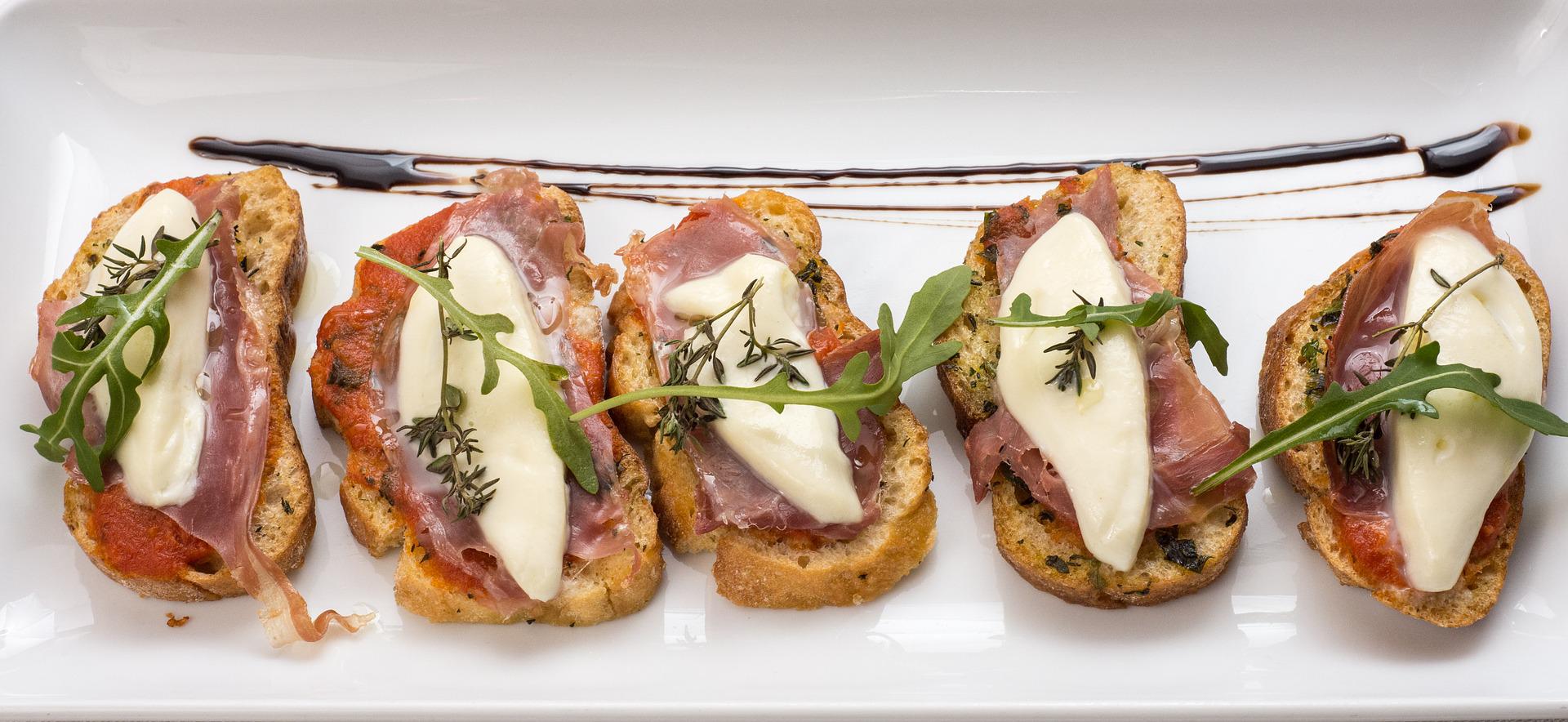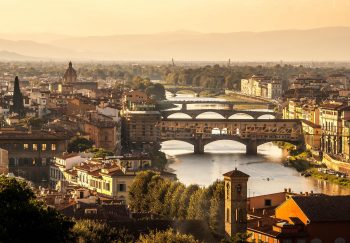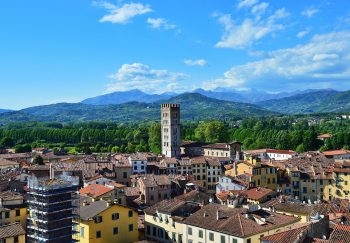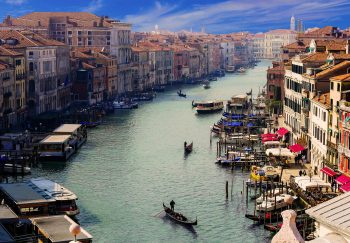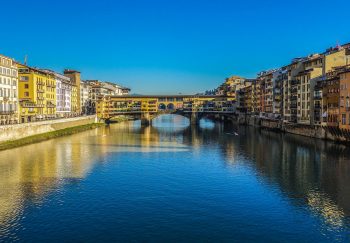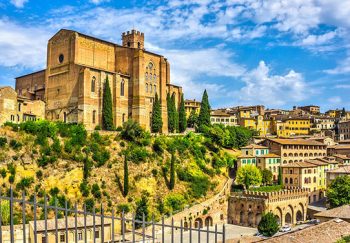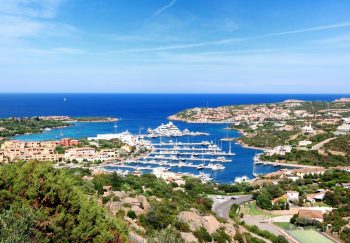You need to be aware of the following information if you are planning to visit Venice in the near future: What to Eat.
Veneto, which is the area in which Venice is situated, offers a wide variety of cuisines, perhaps more than any other Italian region. This vast and diverse geography, as well as the rich history of the Venetian Republic have given rise to many new layers and nuances in the food. It stretches from the sea to the foothills, the Alps, and the fertile plains, Emilia Romagna. Verona, for example, is only a short train ride away from Venice. However, its rich, meaty cuisine is far more sophisticated than the local seafoods found on la Serenissima plates. Veneto was the first region in Italy to use rice, corn, and other spices. It also had good ports for food imports and large coastal plains that could be used for crops. If you look hard enough, this eclecticism can still be found today.
Although we don’t have the space to take you all of Veneto’s micro-regions, here are some dishes that you must try to experience the authentic flavors of Venice.
Sarde in saor
Although this is one of our favourite Venetian dishes it’s not for everyone. This antipasto is a simple one that consists of sweet-and-sour Sardinines with onions, pine nuts, and raisins. It is a unique dish in Italy, with a delicate saltiness, intense savory, and delicate sweetness. It is believed that the recipe was created by fishermen who used vinegar to preserve the fish they brought on their boats to eat. While there are many variations to the dish, it is still simple and relies only on fresh fish and excellent onions. Although it can seem a bit too fishy for some people, this dish is a beloved and traditional Venice dish.
Scampi alla veneziana
It’s very simple: Venetian shrimps are boiled and served with simple olive oil and lemon juice dressings. It is important to buy scampi in the correct season. This will ensure that you get a great plate of scampi. Winter and fall are not shrimp season in Italy. If you order a plate, you may be receiving frozen imports that won’t taste as good. The proper shrimp season begins in March, and peak in the late spring/early Summer. Quality often starts to decrease after June.
Caparossoi a scota deo
This dish is large, plump clams cooked with lemon and pepper. These clams are so delicious that people reach for them every time they appear on the table. This dish is best eaten during clam season which runs from May to August.
Risi e bisi
This Venetian-specific dish of rice and peas is a combination of a risotto or soup. It is so loved that it was once offered to The Doge – the ruler of Venice – every St. Mark’s Feast Day. Veneto is home to one of Europe’s largest rice-producing regions, so risottos are very popular. Other popular risotto recipes include risotto containing shrimp (risotto cu scampi), tripe accompanied by rice (riso per trippa), and rice with black-calamari sauce(risotto all neri di Seppi).
Bigoli in salsa
This one is simple but delicious when done correctly. This pasta is made with just three ingredients: bigoli (similarly to spaghetti), onions and anchovies. Bigoli in salsa, unlike other sea-food items on this list isn’t particularly fishy-tasting. Anchovies are broken down into a savory sauce when they are cooked. This gives each bite a rich, intense flavor. Add in the onions, which have been sauteed to a soft texture and you have the holy trinity for seafood pasta.
Scampetti con polenta
As a starchy staple, polenta is more common in Veneto than pasta. It’s so common that it can be found in many restaurants in Venice as well as Cichetti bars. You can either eat it as a mush, similar to American grits, or as fritters with something on the top. You can make it a starter or main course by eating scampetti con polenta or little shrimps with polenta. Veal liver with onions and roasted pasta (fegato alla Veneziana) are both popular regional specialties.
Bacala mantecato
Remember that polenta is commonly served in fritters? Bacala mantecato is a type of creamed salt cod that is the most popular topping for a polenta fritter. Bacala, another seafarer’s favorite dish, was developed to allow fishermen and sailors to keep fish fresh and carry it on long journeys. It isn’t a traditional Italian dish, however, because it doesn’t contain cod. Why is it such a popular staple for the Venetians, you ask? According to the legend, it was discovered by a Venetian trader in Norway in 1432. He soon began to import it from Atlantic seafarers who had been eating salt cod much longer. It has been a popular ingredient in Venetian cuisine since then. It can be found in many different preparations and sauces. This fish is another good choice. It can also be used in deep-fried croquettes (aka polpette).
Carpaccio
While the term “carpaccio”, is sometimes used to describe any thinly sliced meat or fish, it is actually a thinly sliced beef dish with a sauce made of mayo, mustard cream, tomato, and cream. It was created in Harry’s Bar in Venice, which also invented the cocktail and the Bellini for Amalia Nani Mcenigo, an Italian contessa. After being advised by her doctor to avoid cooked meats, she arrived in Venice in 1950. It’s not clear why or what kind of illness she was suffering from. Giuseppe Cipriani (the legendary owner of Harry’s) invented this somewhat bizarre dish. After discovering that raw beef wasn’t the best thing in the world, he added the sauce. Cipriani, as with the Bellini took the name of Vittore Carpaccio (a Venetian painter), and added the sauce.
Fritole venessiane
If you’re in Venice during Easter, these Carnevale traditional treats are a must-try. These are fried dough balls that have been seasoned with sugar. They can be filled with a variety of creams or custards, or they can be topped with candied fruits. These little treats are rich and yeasty, with a crispy outside and soft inside. These little delights are difficult to find during the rest of the year. However, if you’re in Venice during Carnevale, we recommend that you eat them at least once per day. You can make a special treat by filling one with zabaione (an alcoholic custard).
Pincia
Pandoro is a sweet yeasty bread with candied fruits that is popular in the Veneto region. However, there are many other delicious deserts available. Scalete, pandolo and baicoli are all sweets that come from Venice. Pincia, a Venetian version of bread pudding, is the best. Although there are many variations of this custardy delight, they all contain dried fruits, eggs and milk. You will also find a variety spices from the Far East, such as cinnamon and nutmeg. This is a traditional recipe that is great for anyone who doesn’t like dried fruit. Pincia is a great way to taste the uniqueness of Veneto’s geography and the rich commercial history that the Venetian maritime industry has left behind.
